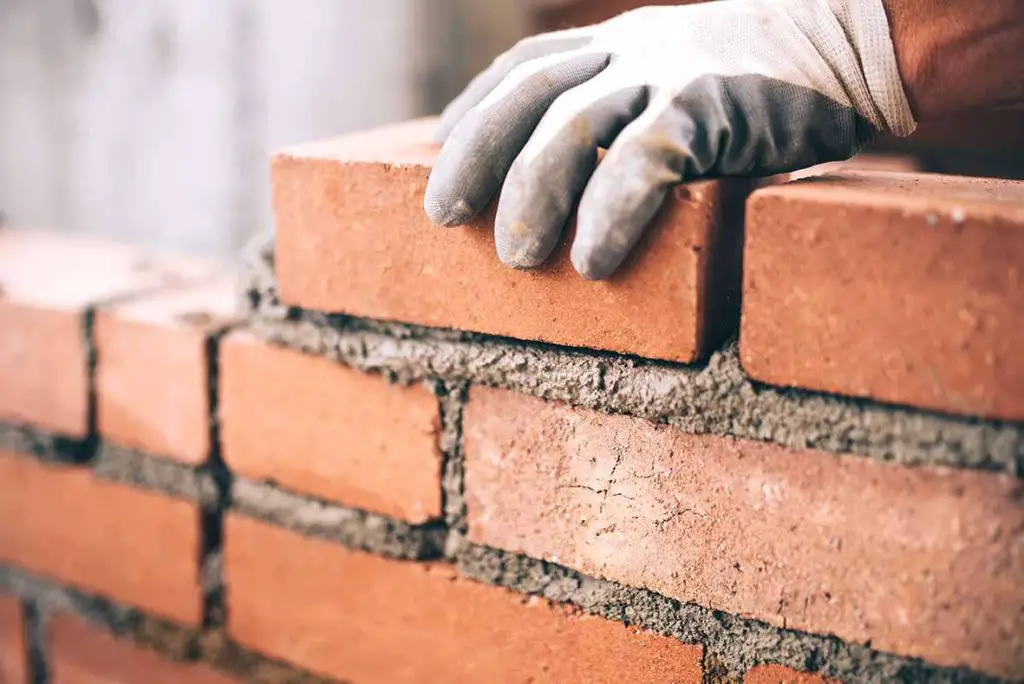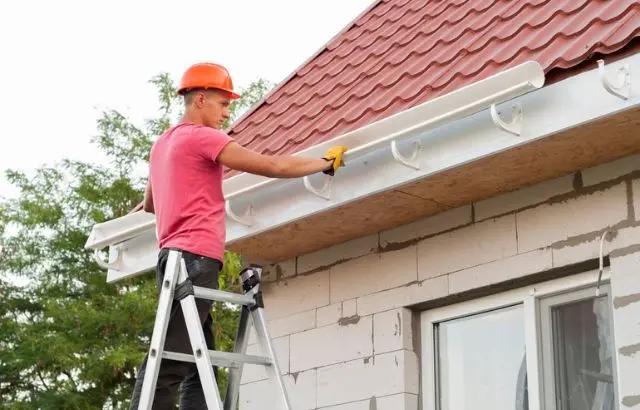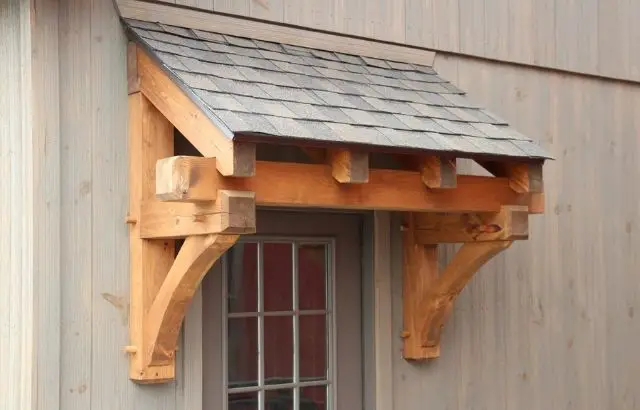Brickwork is a fundamental aspect of construction, providing strength, durability, and aesthetic appeal to various structures. Whether you are planning to build a wall, patio, or fireplace, understanding how many bricks are needed per square foot is crucial for accurate cost estimation and efficient project planning. This article will demystify the calculation behind determining the number of bricks in a square foot, helping you make informed decisions and achieve optimal results.
Standard Brick Sizes and Their Dimensions
Before calculating the number of bricks in a square foot, we must familiarize ourselves with standard brick sizes and their corresponding dimensions. Bricks come in various shapes and sizes, each serving a specific purpose. The most commonly used brick sizes include:
Standard Brick (8 x 4 x 2.25 inches)
Standard or modular brick is widely employed in residential and commercial construction. This brick size is versatile and easy to handle, measuring 8 inches in length, 4 inches in width, and 2.25 inches in height. Its popularity stems from its compatibility with standard mortar joint sizes, allowing for efficient bricklaying.
Jumbo Brick (8 x 4 x 3.625 inches)
As the name suggests, the jumbo brick is larger than the standard brick. It measures 8 inches in length, 4 inches in width, and 3.625 inches in height. This brick size is commonly used in load-bearing walls, providing enhanced structural stability due to its increased thickness.
Engineer Brick (7.625 x 3.625 x 2.25 inches)
Engineer bricks, also called utility bricks, possess dimensions of 7.625 inches in length, 3.625 inches in width, and 2.25 inches in height. These bricks are primarily utilized in non-load-bearing walls, interior partitions, and decorative applications.
By familiarizing yourself with these standard brick sizes, you will be better equipped to accurately calculate the number of bricks required to cover a square foot.
Calculating the Number of Bricks in a Square Foot
Now that we comprehensively understand standard brick sizes let’s delve into calculating the number of bricks in a square foot. The calculation involves a few simple steps:
Determine the Area of the Brick
To calculate the area of a brick, multiply its length by its width. For example, consider a standard brick with dimensions of 8 inches by 4 inches. To find the area, we multiply 8 inches by 4 inches, which equals 32 square inches.
Convert Square Inches to Square Feet
Since most construction measurements are typically in square feet, we need to convert the area of the brick from square inches to square feet. To do this, divide the area of the brick by 144 (since there are 144 square inches in a square foot). In our example, dividing 32 square inches by 144 gives us 0.22 square feet.
Calculate the Number of Bricks
To determine the number of bricks in a square foot, divide the total square footage of the area to be covered by the area of one brick. For instance, if you have a wall measuring 100 square feet and using a standard brick, divide 100 by 0.22. The result, rounded up to the nearest whole number, will give you the number of bricks required for that particular area.
It is important to note that this calculation assumes no gaps or mortar between the bricks. To account for mortar joints, adding an additional 10% to 15% to the final number of bricks calculated is recommended.
My Opinion
In conclusion, understanding how many bricks are needed per square foot is vital for accurate construction planning and cost estimation. By grasping the concept of standard brick sizes and their dimensions, you can easily calculate the number of bricks required for a specific area.
Remember to account for mortar joints and potential variations in brick sizes during the calculation process. With this knowledge, you can confidently embark on your next brickwork project, achieving optimal results and ensuring a smooth construction process.




